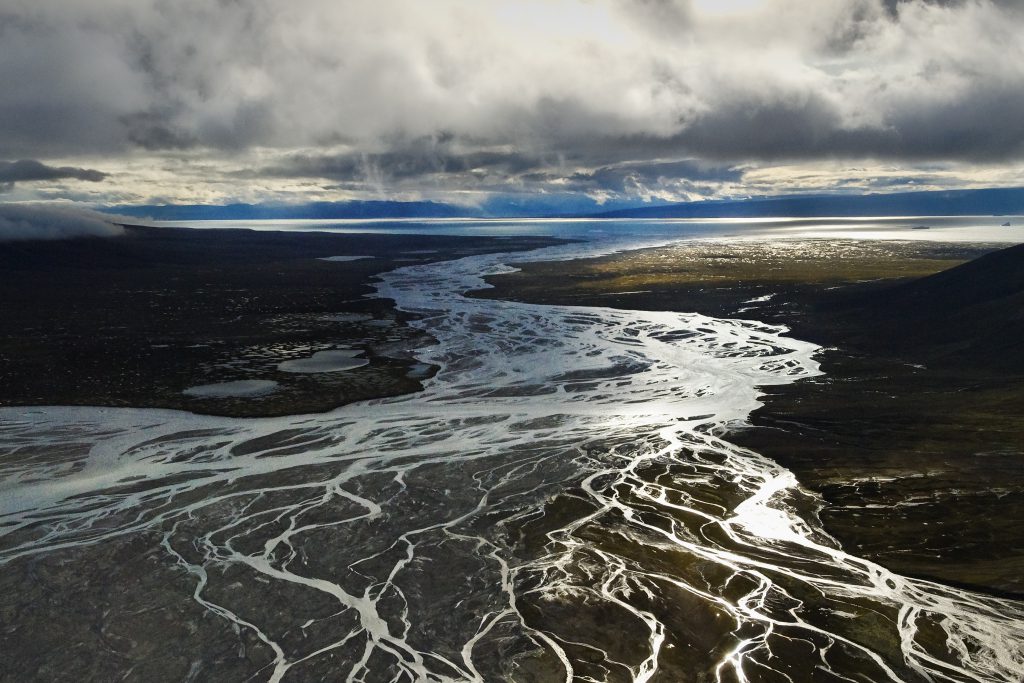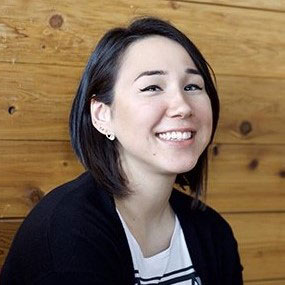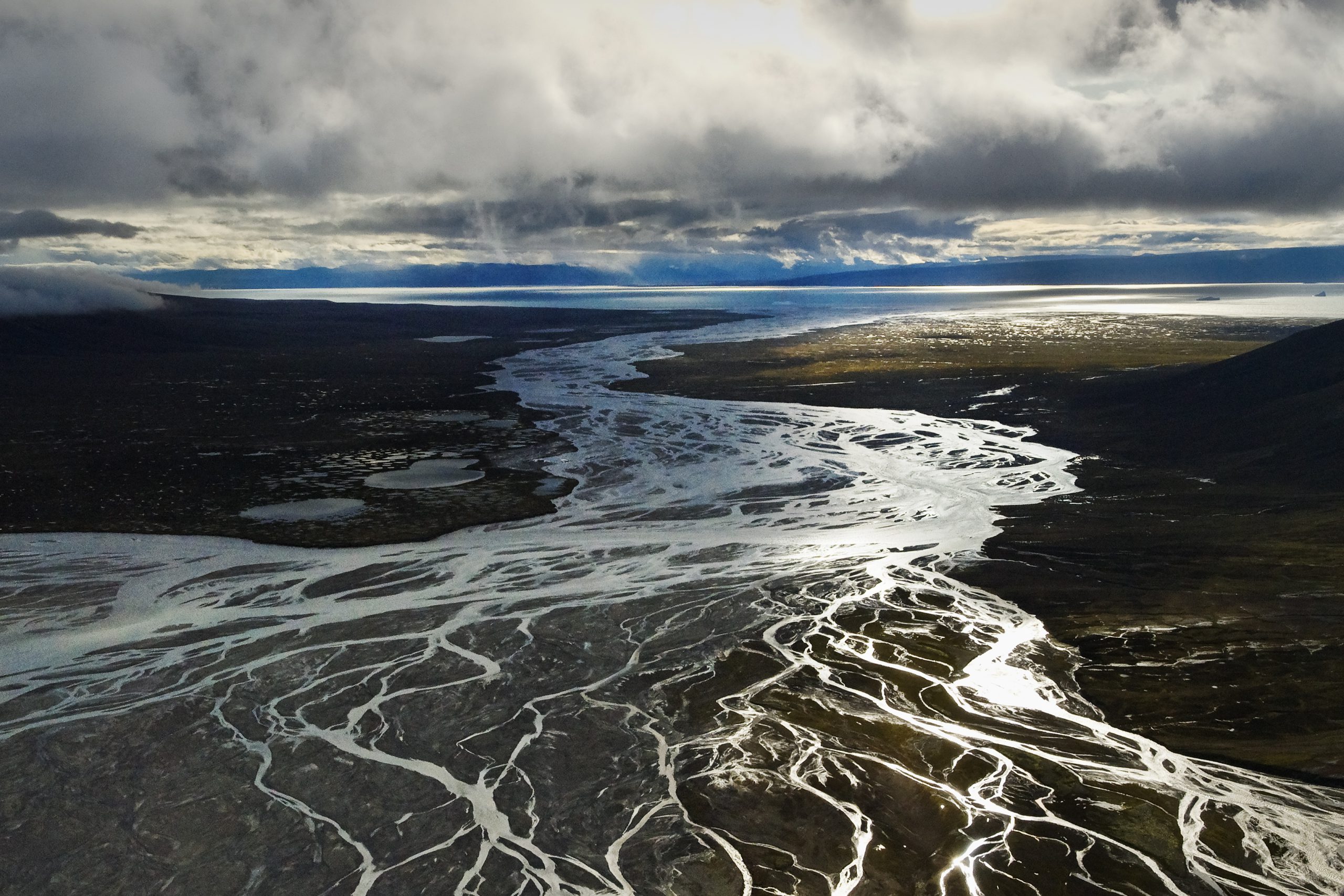For some, the Arctic is considered the final frontier. It’s a place to explore and conquer. It’s a place filled with mystery and promise of more resources to extract and sell. For those of us who live here, our lands and waters are an extension of our family, a member of our community. We are in close relationships with the beings that inhabit this place, we interact and learn from our environment daily. It has been this way for countless generations, but external pressures are impacting the pristine quality of our land and water.

Over thousands of years, we have sustainably utilized resources we have sourced from our environment. In the last two hundred years, our perceived need for development and extraction of resources has critically damaged the earth and degraded our ecosystems. In the north, we have seen what has happened elsewhere, and it’s alarming. Loss of land and water could lead to the loss of our agency and self-sufficiency. For us, it’s imperative that we collect ecological data that tells the story of our pristine waters and land. And for us to tell a full story, we need to collect scientific data and Inuit narratives and experiences with our environment. It’s through the use of both systems that we create a deeper understanding of our current state, and how we wish to maintain it.
The Inuu’tuti Cumulative Effects Monitoring Program (CEMP), is a practical application of this approach. Surrounding the community of Baker Lake, Nunavut are places of interest to extractive industries, like gold and uranium miners. At this time, there is one operating gold mine, and the community has reported various observations on the changes taking place. At the same time, climate change, population growth, and saline intrusion from the Hudson Bay are affecting the freshwater lakes and streams in the area. While there are requirements for the mining industry to collect baseline data and monitor impacts to the environment, it’s also important for Inuit to carry out their own research and compare their findings with others. It’s a means of understanding and protecting our homes.
 Lori Tagoona is the Senior Associate for Inuit Nunangat at MakeWay. Based in Iqaluit, Nunavut, her role focuses on building meaningful relationships and partnering with Inuit communities, leaders, and organizations to enable community-driven solutions. Read more northern solutions to northern challenges and the work of MakeWay’s Northern Program.
Lori Tagoona is the Senior Associate for Inuit Nunangat at MakeWay. Based in Iqaluit, Nunavut, her role focuses on building meaningful relationships and partnering with Inuit communities, leaders, and organizations to enable community-driven solutions. Read more northern solutions to northern challenges and the work of MakeWay’s Northern Program.
